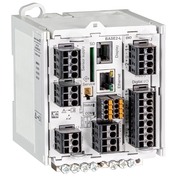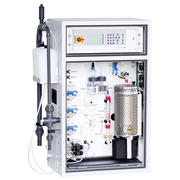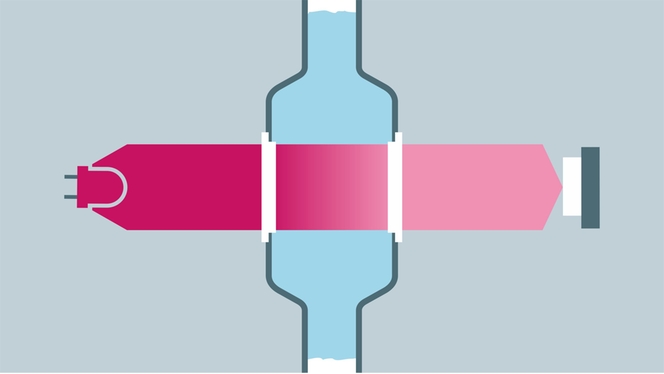About TOC, COD and SAC analyzers
TOC, COD and SAC analyzers are used to assess the organic load of surface water, municipal wastewater and industrial wastewater. They measure total organic carbon, chemical oxygen demand and spectral absorption coefficient. Measurement in the outlet ensures compliance with regulatory requirements. In the inlet, analyzers help avoid load peaks and help optimize process control. To learn more about our colorimetric analyzers, high-temperature analyzers and optical sensors click the button below.
How to select sum parameter products
TOC and COD analyzers deliver "true" TOC and COD values when precise analysis is needed
- to comply with limit values stipulated by water authorities
- to calculate the cleaning capacity of WWTPs
- to enable billing of industrial dischargers according to the polluter pays principle
Select SAC probes for surface water and river monitoring. They are also the right choice if you require cost-efficient measurement of COD and TOC equivalents in municipal wastewater with no significant fluctuations.
The chemical oxygen demand of a liquid can be measured using the colorimetric measuring principle. The video above provides details about the colorimetric measuring principle and how it works.
COD analysis using the dichromate method
The chemical oxygen demand describes the amount of oxygen needed to fully oxidize all the oxidizable substances in a sample. To determine the COD, the sample needs to be prepared by being heated and adding digesting reagents. After digestion the sample color changes. The color change is proportional to the concentration of carbon compounds. It is measured photometrically and the final value is determined using preset absorption curves.
TOC analysis using high-temperature analyzers
The analyzer uses thermic catalytic combustion with subsequent NDIR (non-dispersive infrared) detection of the produced CO2. It works with two interconnected circuits. In the liquid circuit, the aqueous sample is acidified and the inorganic carbon is eliminated (stripping). Then the sample is transferred through a filter to separate the particles. After that, it is dosed into the furnace and combusted. The combustion gas is cooled down and the CO2 content is determined by the NDIR detector.
Spectral absorption coefficient analysis with UV sensors
This method is based on the fact that many organic substances absorb UV light at 254 nm. A UV beam of a flash lamp is split and directed to two receivers with filters. One determines the light intensity at the measuring wavelength (254 nm) and one at the reference wavelength (550 nm). The ratio between the two measurements is used as the measurement result and converted to the SAC value using preset calibration curves.
Benefits
- Our TOC, COD and SAC analyzers are available for all applications from fast inline measurement to regulation-compliant online analysis.
- We offer COD standards and reagents as well as TOC standards and reagents for standardized, high-precision measurements. They are supplied complete with all required material safety data sheets (MSDS).
- Our sample conditioning systems help you prepare homogeneous samples for total organic carbon monitoring. For COD analysis, a y-strainer ensures easy process integration. It delivers representative samples containing the right amount of solids.
- With our Liquiline System CA80 analyzer, you can connect up to four additional Memosens sensors for a more detailed process overview without the need for additional measuring devices.
- Our optical SAC sensors measure directly inline without the need for reagents. The sensor features diverse measurement ranges to cover a broad field of applications from water up to industrial wastewater.















